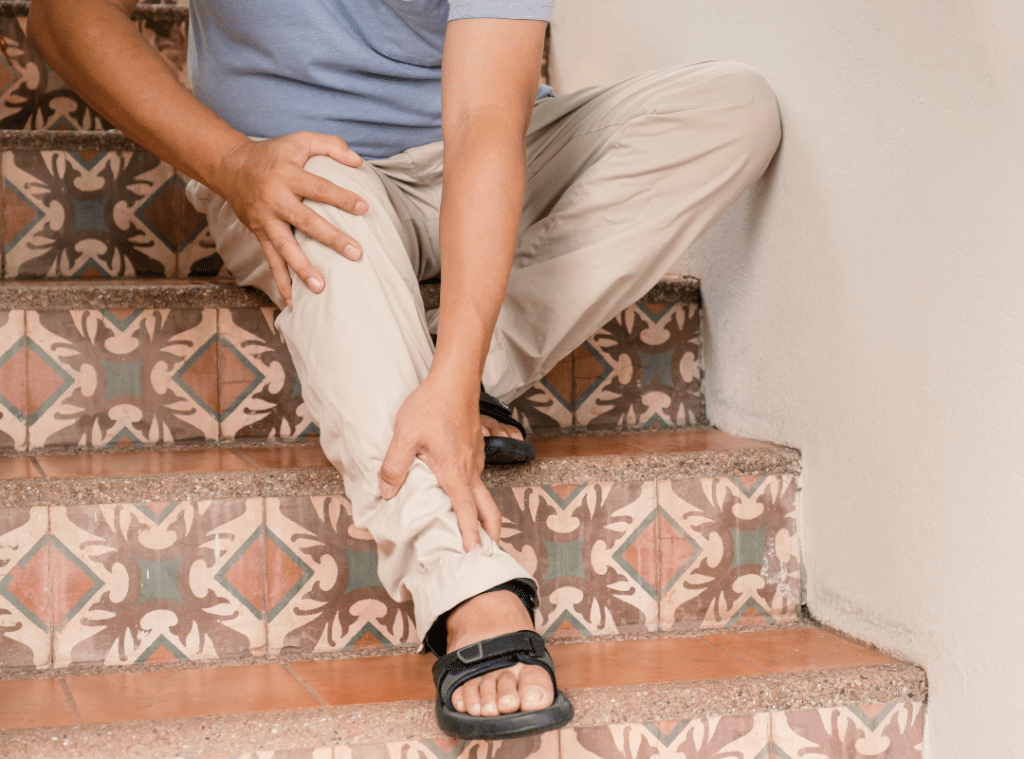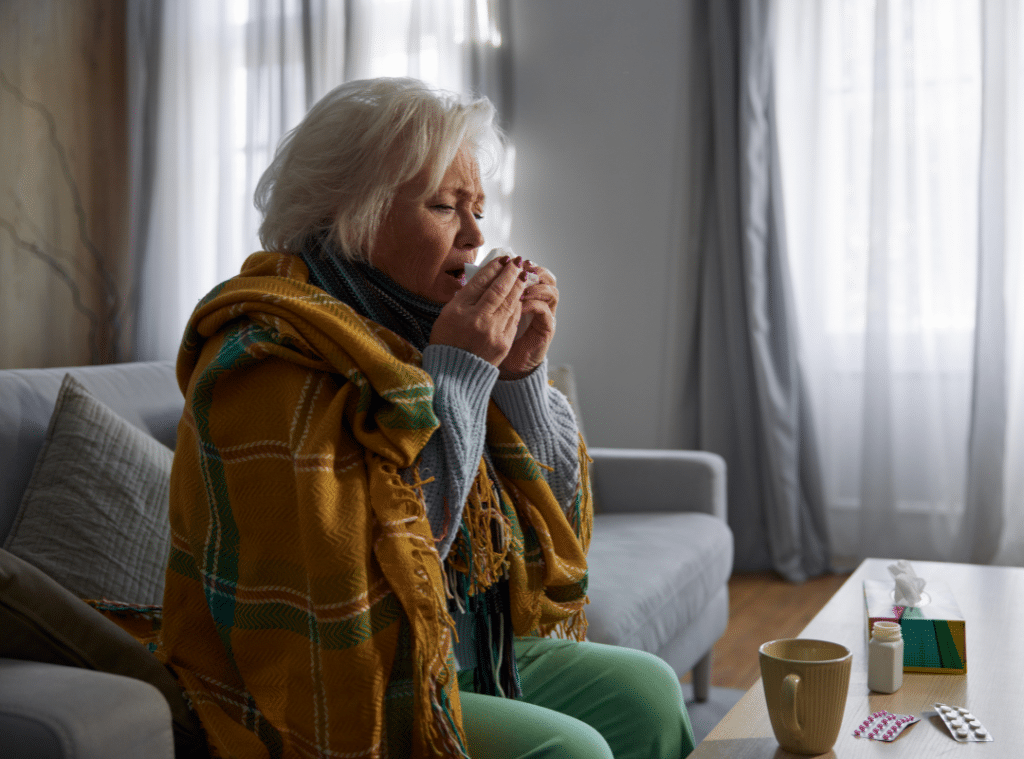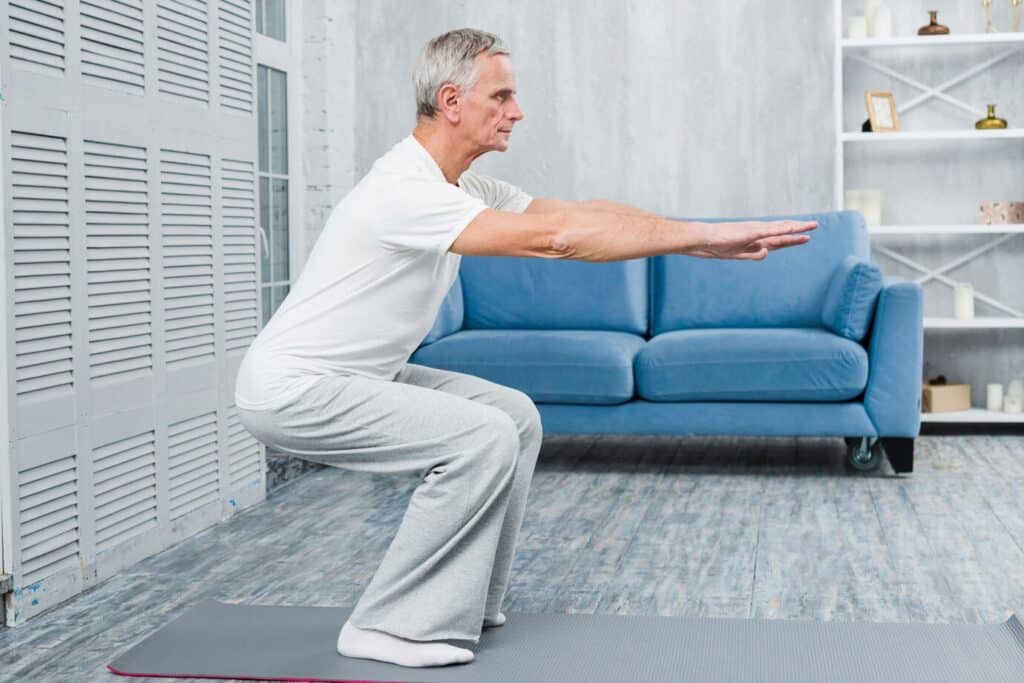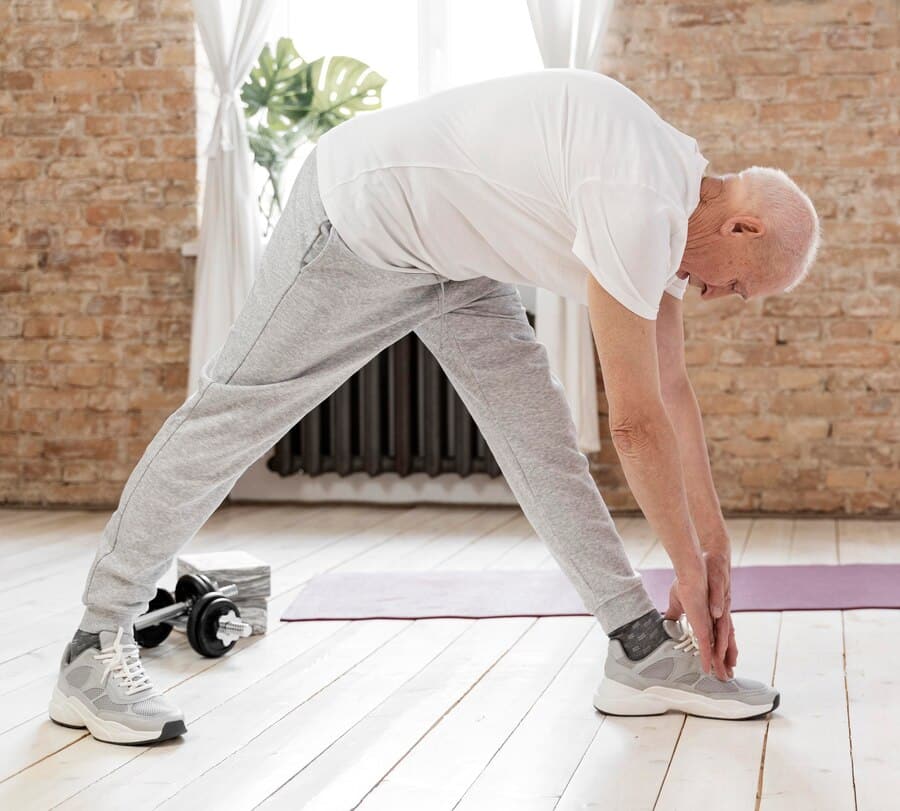Weak Legs Symptoms and What They Mean for Seniors
If you’ve noticed a decline in mobility or strength, recognizing the early signs of weak leg symptoms is vital, especially for seniors. These symptoms can begin subtly, such as feeling unstable when walking, or they can appear suddenly with a sharp loss of strength that affects daily activities. These changes are more than just age-related—they may indicate underlying conditions that require timely intervention. Whether it’s related to neurological disorders, vascular issues, or nutritional deficiencies, weak legs impact not only movement but also overall confidence and independence. Understanding the symptoms helps prevent falls, promotes early treatment, and supports aging with dignity. At The Oaks at Paso Robles, we specialize in assisting residents to navigate these health changes with care, safety, and personalized support. Let’s explore what causes these symptoms and how to manage them effectively.
What Causes Weakness in Legs When Walking?
If you’ve ever asked, “Why do my legs feel weak and shaky all of a sudden?”, the answer could be rooted in more than just fatigue. Weakness in the legs when walking can be caused by poor circulation, nerve damage, or muscle or skeletal strain. These symptoms may include difficulty climbing stairs, getting up from a chair, or feeling unsteady on your feet. Aging muscles naturally lose strength, but a sudden decline should never be ignored. Monitoring how often these feelings occur—and if they worsen—is a good first step toward understanding the underlying issue and seeking proper care.
What Deficiency Causes Weakness in Legs and Arms?
In some cases, the issue begins with what is missing from the diet. A surprising contributor to weak leg symptoms is a lack of key nutrients, such as vitamin D, B12, and iron. These deficiencies can affect nerve function and muscle strength, making it harder to walk or even stand. Malnutrition can cause weakness in legs and arms, particularly in seniors who may struggle with poor appetite or absorption issues. Tackling this involves eating protein-rich meals, staying hydrated, and consulting healthcare professionals to check for underlying nutritional gaps. For more insights into how nutrient levels affect muscle strength, visit this article on senior health and leg strength.
Recognizing Sudden Loss of Leg Strength
A sudden loss of leg strength should always prompt concern. It might be the result of a stroke, nerve compression, or even a medication side effect. If one leg becomes noticeably weaker or numb without warning, you may be dealing with an emergency. Medical attention is essential, especially if symptoms include balance issues or confusion. This Westmont Living article on chronic conditions explains how underlying illnesses can cause sudden physical changes and provides guidance on next steps. Acting fast during these situations can improve recovery and prevent further complications.
Treatment for Muscle Weakness in Legs
The proper treatment for muscle weakness in the legs involves a multi-pronged approach. First, doctors may evaluate the cause—whether it’s neurological, vascular, or related to inactivity. From there, a tailored plan usually includes physical therapy, strength-building exercises, and dietary changes to restore function. Seniors often benefit from low-impact routines that focus on balance and leg strength, such as those featured in this fitness blog for seniors. Equally important is emotional support—weak legs can affect confidence, so engaging in activities that boost morale and mobility is key to long-term wellness.

Why Do My Legs Feel Weak and Shaky All of a Sudden?
Feeling off balance or shaky unexpectedly is not always just a sign of fatigue. It could be due to low blood pressure, dehydration, or even a drop in blood sugar. If you’re thinking, “Why do my legs feel weak and shaky all of a sudden?”, know that your body is sending you a signal. These sensations may occur after standing up too quickly or following an illness, but if they persist, they may be a sign of more serious health concerns. It’s important to discuss these symptoms with a healthcare provider, especially when they interfere with walking or daily activities.
Peripheral Artery Disease and Leg Weakness
Peripheral Artery Disease (PAD) limits blood flow to the legs and often causes leg pain or cramps, particularly when walking. This lack of circulation can make the muscles feel heavy or weak, and they may take longer to recover after activity. Seniors with PAD may also notice that their feet feel cold or that wounds take longer to heal. Managing PAD includes quitting smoking, regular walking, and medication. When ignored, it can lead to serious mobility issues and increase the risk of falls. Early detection of PAD as a cause of weak leg symptoms can protect against long-term disability and promote independence.
When Should You Seek Help for Leg Weakness?
Persistent or worsening weakness in the legs when walking shouldn’t be brushed off as just aging. If walking feels harder, or if climbing stairs becomes impossible without holding onto rails, it’s time for a professional assessment. Weakness that interferes with daily activities may increase the risk of falls, hospitalization, or reduced independence if left untreated. At The Oaks at Paso Robles, our team is trained to recognize these signs early and provide supportive care that helps seniors move safely and confidently.
Supporting Seniors with Muscle Weakness
Helping a loved one with weak leg symptoms means being present and taking a proactive approach. Encourage them to engage in strength training, keep up with routine health screenings, and monitor any rapid changes in their ability to move or stand. Assisted living communities, like The Oaks at Paso Robles, offer resources, activities, and personalized care plans to address these challenges. Not only do we focus on rehabilitation, but we also emphasize preventive care to keep residents thriving. Learn more about how assisted living can help manage mobility issues effectively.
Struggling with weak leg symptoms or caring for someone who is? Schedule a tour at The Oaks at Paso Robles today and see how we can help.
How Do The Costs Of Moving Into A Quality Senior Care Community Compare With The Costs Of Staying At Home?Compare The Costs of Senior Living vs Staying at Home
Frequently Asked Questions
How do you treat weak legs?
Treating weak legs often starts with identifying the underlying cause, which can range from inactivity and poor circulation to nerve or muscle conditions. A doctor might recommend physical therapy, strength training, or medications depending on the diagnosis. Staying active with targeted exercises, such as walking, leg lifts, or using resistance bands, can help rebuild strength. Proper nutrition, hydration, and rest also play essential roles in recovery.
Why do I feel weak in my legs?
Several factors, including fatigue, poor circulation, nerve damage, or underlying medical conditions like arthritis or multiple sclerosis, can cause leg weakness. It may also be a result of a sedentary lifestyle or a lack of muscle conditioning. If you notice persistent weakness, it’s essential to consult a healthcare professional for a proper diagnosis. Early intervention can help prevent further complications and help you regain mobility.
Why are my legs so weak going upstairs?
Climbing stairs requires a combination of muscle strength, coordination, and balance, especially in your thighs and calves. Weakness in these areas can make stair climbing difficult, often due to deconditioned muscles, joint issues, or nerve-related problems. Sometimes, it can also signal early signs of aging or underlying conditions, such as osteoarthritis. Regular leg-strengthening exercises and stretching can help improve stair-climbing ability.
Why are my legs so weak after 50?
As we age, we naturally lose muscle mass, a condition called sarcopenia, which can lead to leg weakness, particularly after the age of 50. Hormonal changes, reduced physical activity, and slower recovery times all contribute to this decline. However, regular strength training, a balanced diet (exceptionally high in protein), and staying physically active can help slow or even reverse age-related muscle loss. If weakness is sudden or severe, it’s essential to seek medical advice.








